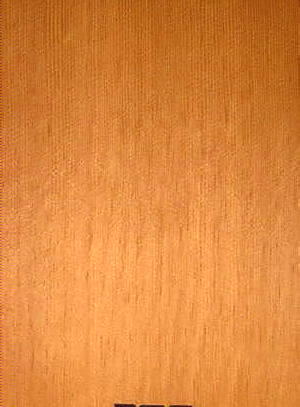- HOME
- ABOUT VENEER
- DOMESTIC
- EXOTIC
- BURL/CROTCH
- DYED VENEER
- PROJECTS
- CABINETS
- ACCESSORIES
- DOORS
- PANELS
- FIXTURES
- FURNITURE
- CUE COMPONENTS
- ON SALE
Fir CVG Wood Veneer Information
Clear Vertical Grain Douglas Fir is best known for its North West origins but truth be told it grows all over the place including Mexico, Europe, New Zealand and Austrailia. Old growth is very popular for decorative millwork. These days most of the Douglas Fir veneer is sliced from cants and therefore the sequences are not extremely large. The other thing that we run into is that the tighter the architectural grain specs get the shorter the sequences get again because that also means no pitch pockets. That doesn't mean that you cannot get the occasional 2000 square foot sequence, you can, its just not going to happen every day and they will be more expensive than commodity fir. Douglas fir has pitch pockets and the color varies from a straw to red tone. We are asked frequently for veneer that leans more towards a medium brown rather than yellow or red. The result is a higher cost due to the increased amount of grading involved. Larch ( Tamarack )is commonly mixed in with Douglas Fir lumber since it is abundent and its Northern growth range is much more extensive than Fir. Larch however is not generally mixed with Douglas Fir veneer because of its poor architectural grade yield.
Clear Vertical Grain Douglas Fir
